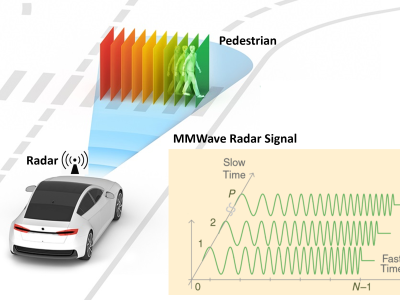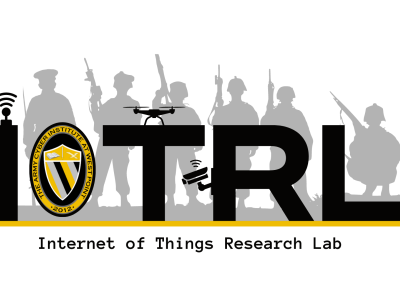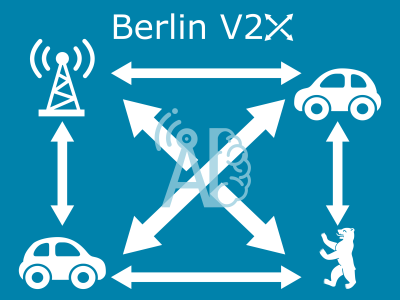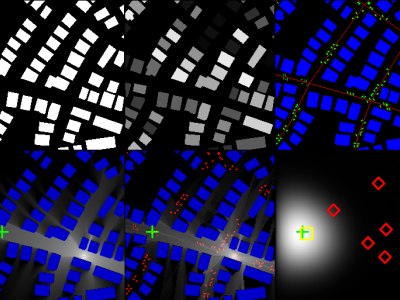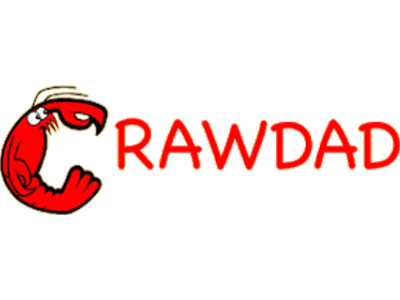The ITS spectrum management The case of 5G based NG-ETC in Japan

- Citation Author(s):
-
Yung-Chang Hsiao
- Submitted by:
- Yung-Chang Hsiao
- Last updated:
- DOI:
- 10.21227/w3zp-qp25
 105 views
105 views
- Categories:
- Keywords:
Abstract
Normal 0 false false false EN-US JA X-NONE /* Style Definitions */ table.MsoNormalTable {mso-style-name:"Table Normal"; mso-tstyle-rowband-size:0; mso-tstyle-colband-size:0; mso-style-noshow:yes; mso-style-priority:99; mso-style-parent:""; mso-padding-alt:0in 5.4pt 0in 5.4pt; mso-para-margin:0in; mso-para-margin-bottom:.0001pt; mso-pagination:widow-orphan; font-size:10.0pt; font-family:"Times New Roman",serif; mso-fareast-language:EN-US;} The radio interference evaluation method that we use is Monte Carlo statistical methodology. We implement our assumptions and parameters listed as TABLE I with Spectrum Engineering Advanced Monte Carlo Analysis Tool to generate the interference from massive IoTs. Since there are various types of IoTs, nevertheless, we use the typical emission power with omni-direction as IoT’s parameters in this simulation, meanwhile, 5G NR millimeter wave takes advantage of larger array antenna for both Base Station (BS) and User Equipment (UE), hence, the Effective Isotropic Radiated Power (EIRP) is higher than that of RFID and DSRC in this simulation. On the other hand, we analyze the impact of interference on the RFID and DSRC based ETC wireless systems by comparing the availability and throughput.
Instructions:
SEAMCAT is a JAVA application with extension ".jar". Therefore, it is necessary to install the JAVA Runtime Environment (JRE) in your computer to be able to run it. Please refer to the link below for further information.
https://www.cept.org/eco/eco-tools-and-services/seamcat-spectrum-engineering-advanced-monte-carlo-analysis-tool


